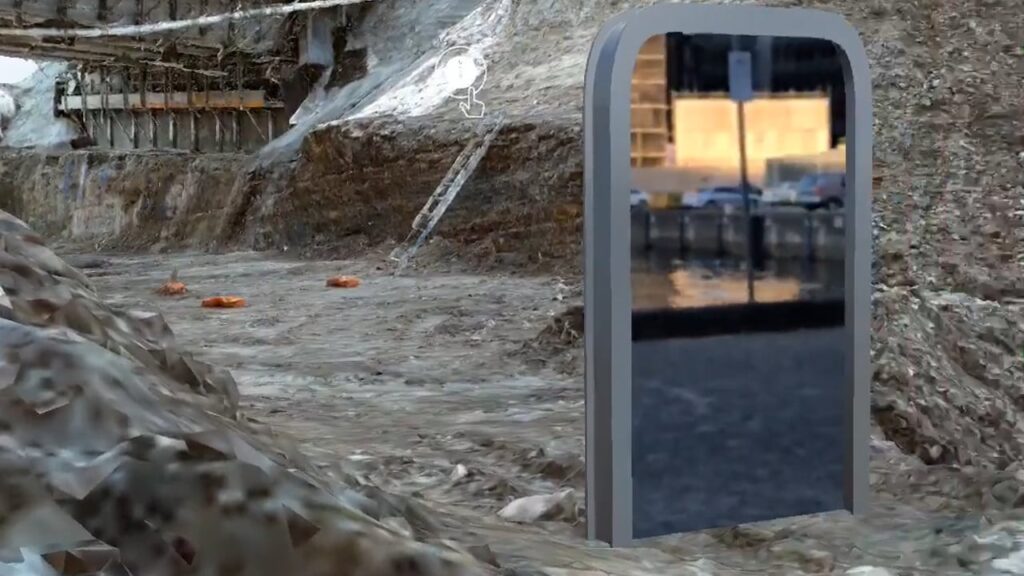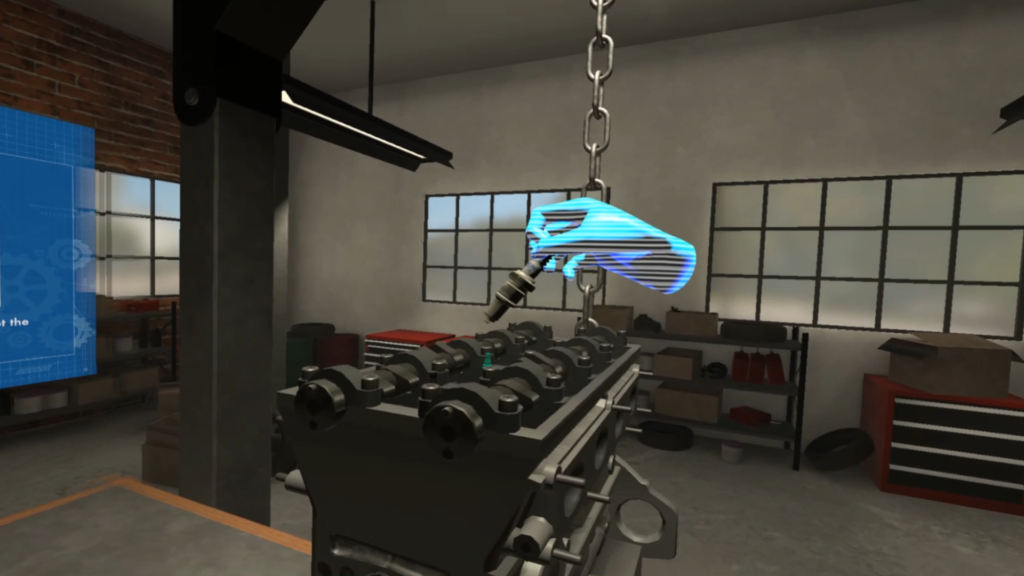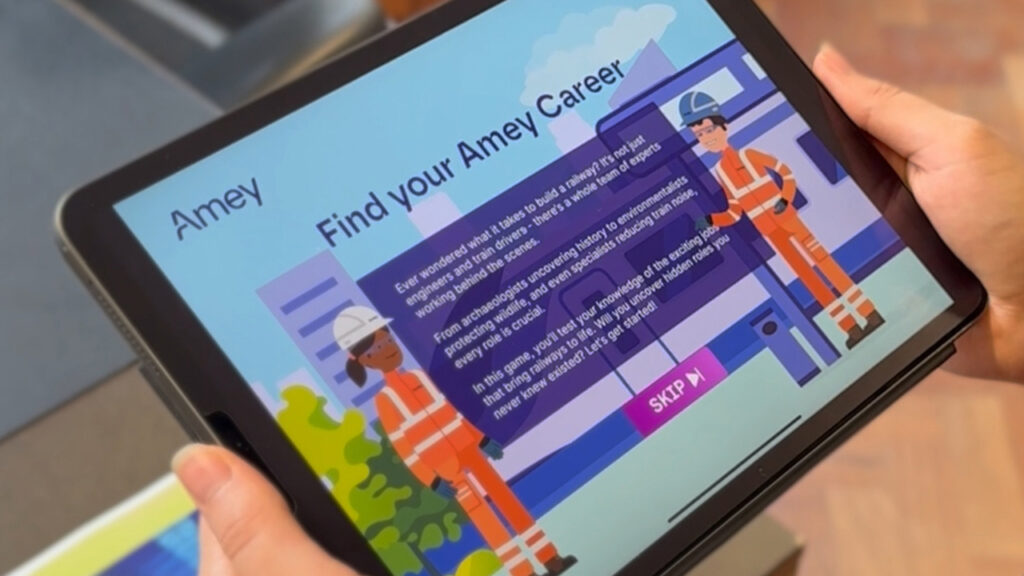Virtual reality (VR), augmented reality (AR) and mixed reality (MR) are opening doorways to the construction industry and enabling architects to take building designs to the next level. Read more below on how VR and AR is transforming construction.
Economists estimate the latest VR technologies will lower construction costs by around 90% and could save the industry up to .8 billion that is typically lost due to errors born from the use of inadequate data. Technology has continuously advanced the methods employed by the construction industry. VR and AR build on existing technologies to provide deeper insights that enable construction teams to plan efficiently.
The latest advancements give entire teams the ability to plan a project to the minuets detail ; from enhancing safety, developing complex designs and even selecting the best materials for the job. Moreover, because virtual and augmented reality brings building projects to life, project managers can present stakeholders with a precise rendition of their vision. The detail you present can be the difference between sealing investment or missing out with how VR And AR is transforming construction.
The Advantages of AR In Construction
Augmented reality enables designers to overlay digital models on an actual site. This enables you to see how the elements of a building project will appear in the external world.
As a result, the empty shell of a building or construction site can be brought to life as though it already existed. 3D blueprints eliminate the use of physical blueprints and help project teams to avoid errors and troubleshoot problem areas prior to starting the construction work. Moreover, project teams can clearly visualise where everything will be installed from ductwork to pipes, columns, windows and access points. In addition, it’s easier to make modifications before, during and after the project.












